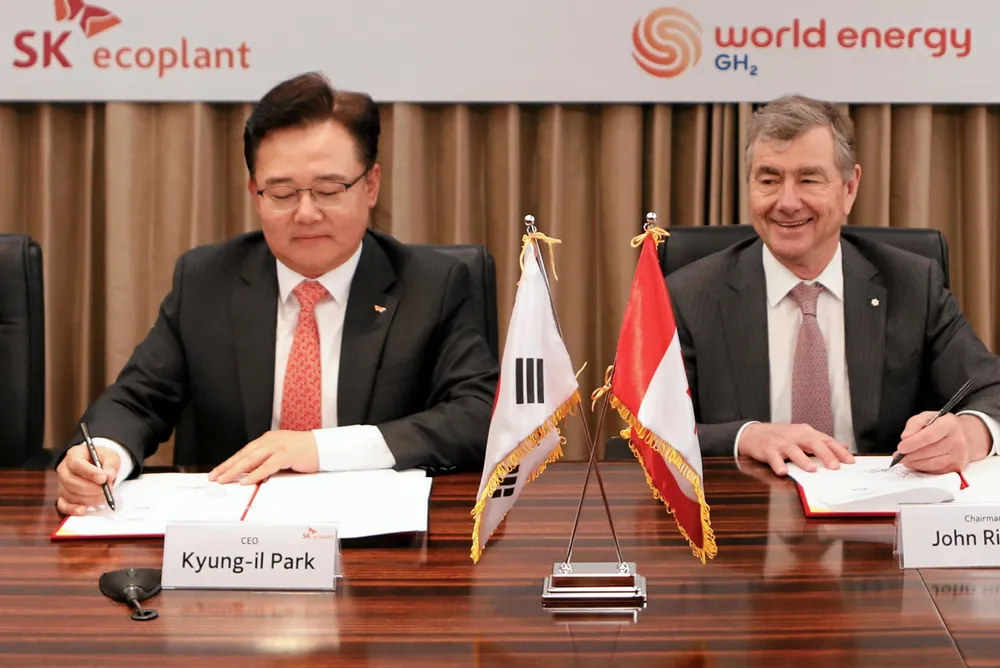Trudeau's hydrogen subsidies lure Korean investor into giant Canadian green ammonia project
SK takes 20% stake in Canada-to-Germany Nujio’qonik export project with $50m cash injection

SK takes 20% stake in Canada-to-Germany Nujio’qonik export project with $50m cash injection
